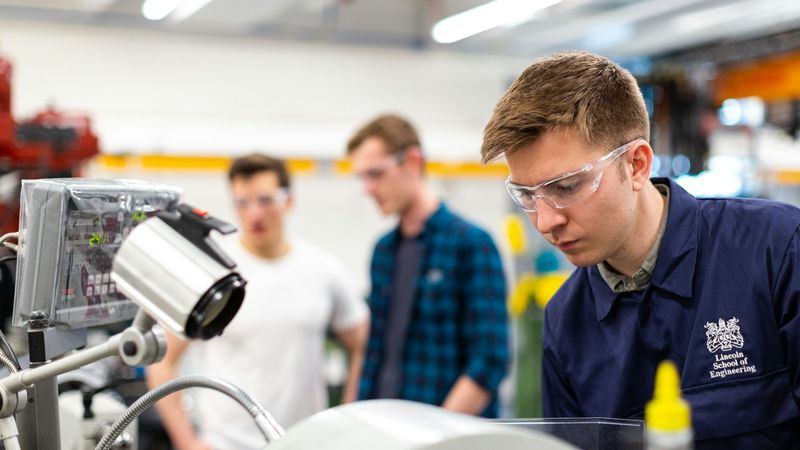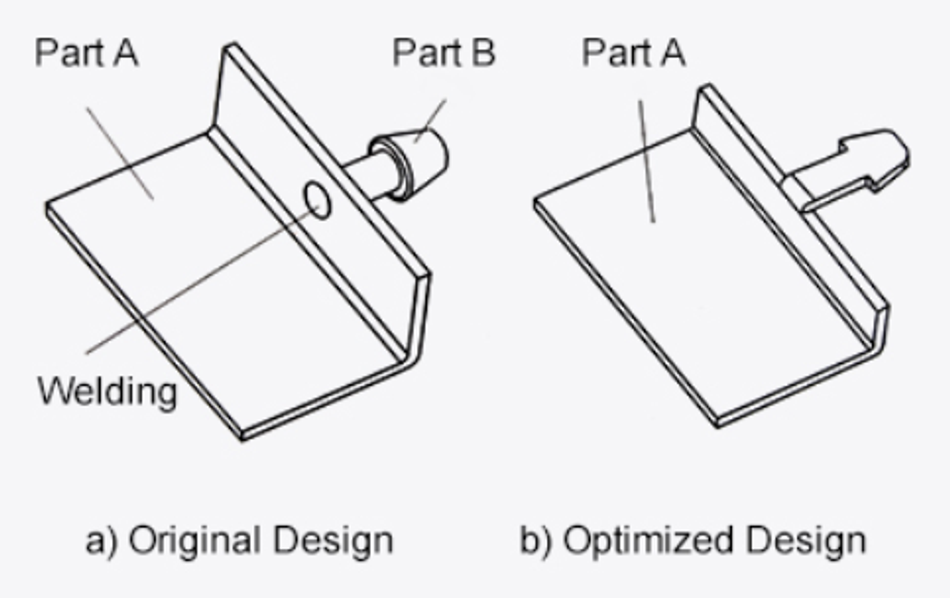5 Strategies to Simplify R&D and Reduce Costs
In this article, we will explore the steps—questioning, eliminating, simplifying, and more—that can significantly lower R&D costs.

Photo by ThisisEngineering on Unsplash
Cutting costs during research and development (R&D) is a vital goal for companies looking to maintain a competitive edge. Elon Musk’s five-step cost-reduction method, as discussed in his biography, offers a practical framework for achieving this. In this article, we will explore the steps—questioning, eliminating, simplifying, and more—that can significantly lower R&D costs.

Musk’s Five-Step Cost-Reduction Method
1. Question: Do You Really Need This?
Questioning is the cornerstone of Musk’s five-step cost-reduction method, but it is also the hardest step to implement. He encourages developers to question every part of their design, challenging established norms and assumptions. As Musk famously said, “Only through relentless questioning can you truly solve problems.”
Here are some examples of the kinds of questions you might ask:
Why is the part’s wall thickness 4mm? You need to question it.
Why is the part made from carbon fiber? You need to question it.
Why is the part manufactured using machining? You need to question it.
Why does this part exist in the first place? You need to question it.
By questioning everything, you can identify unnecessary complexity and opportunities for cost savings. For example, when designing the Starship rocket, Musk questioned the widely accepted use of carbon fiber for the rocket’s shell. After some calculations, he discovered that using carbon fiber would cost millions of dollars, while a stainless-steel alternative could be achieved for just a fraction of the cost. This level of questioning is what allows for real breakthroughs in cost reduction, while maintains the functionality.
2. Delete: Cut What Doesn’t Add Value
After you’ve questioned every part of your product, the next step is elimination—removing anything that doesn’t directly contribute to the product’s functionality or value. As Musk advises, “Delete any part or process you can. You may have to add some back later, but if you don't end up adding back at least 10%, then you didn’t delete enough.”
This process of deleting could mean removing unnecessary components, features, or processes. For instance, in the example shown in Figure-1, optimized design was simplified by eliminating one part entirely. In the original design, two components (A and B) were welded together to perform a clipping function. Part B, which was machined, was removed, and its function was integrated into Part A, a sheet metal piece. By reducing the part quantities from two to one, not only was the need for welding eliminated, but the overall cost was also significantly lowered.
This method can yield substantial cost savings by eliminating unnecessary complexity right from the design phase.

3. Simplify: The Power of Streamlining
Once unnecessary parts have been removed, the next step is to simplify or optimize. This means refining the design and processes to make them as efficient as possible. A streamlined design not only reduces costs by using fewer components, but it also speeds up manufacturing, minimizes the risk of errors, and shortens assembly times.
In Musk’s five-step method, simplifying follows elimination, ensuring that the remaining components and processes are working in the most effective way. This could involve simplifying the manufacturing steps, selecting more efficient materials, or reducing complexity in the assembly process. Ultimately, optimization drives both cost savings and greater production efficiency.
For more instances of simplifying and optimizing part design, you might be inspired by this article: Simplifying Medical Device Design.
4. Accelerate: Use On-Demand Manufacturing
The fourth step is to accelerate the cycle time. By speeding up processes, companies can reduce development timelines and bring products to market faster, which ultimately lowers costs.
One effective way to accelerate production is through on-demand manufacturing, which has transformed traditional manufacturing by allowing companies to produce only what they need, exactly when they need it. Particularly beneficial during the R&D phase, where frequent design changes and iterative prototypes are common, on-demand manufacturing enables low-volume production, helping companies avoid the financial burden of overproduction or excess inventory. It also provides the flexibility to quickly adjust designs without incurring the high costs of retooling or scrapping large production runs, thus minimizing waste and accelerating time-to-market.
5. Automate: Boost Efficiency and Reduce Errors
The final step in Musk’s method is automation. Automating processes reduces human error, increases efficiency, and shortens lead times. This could involve incorporating robotics in assembly lines or using software to streamline workflows.
How RPWORLD’s On-Demand Manufacturing Supports Cost Reduction?
While Musk’s five-step method—questioning, deleting, simplifying, accelerating, and automating—provides a powerful framework for cutting costs, RPWORLD specifically helps innovative companies bring products to market faster and more cost-effective while maintaining high quality. Here’s how our services contribute to cost savings:
- Low-volume Production: RPWORLD is specialized in rapid prototyping and on-demand manufacturing services, the low-volume production offers fast turnaround time and flexibility without sacrificing quality, perfect for R&D or market testing.
Comprehensive One-Stop Service: RPWORLD manufacturing services cover everything from CNC machining, injection molding, and sheet metal fabrication to a wide variety of finishing options such as painting, anodizing, printing, plating and basic assembly, ensuring that every part of your project is handled efficiently under one roof.
- Advanced Quality Control: RPWORLD uses state-of-the-art inspection equipment, including CMM, 3D scanners, flash measuring machine, optical spectrum analyzers and more, to ensure every component meets your exact specifications. Our multi-stage quality control process guarantees consistency and reliability at every step.